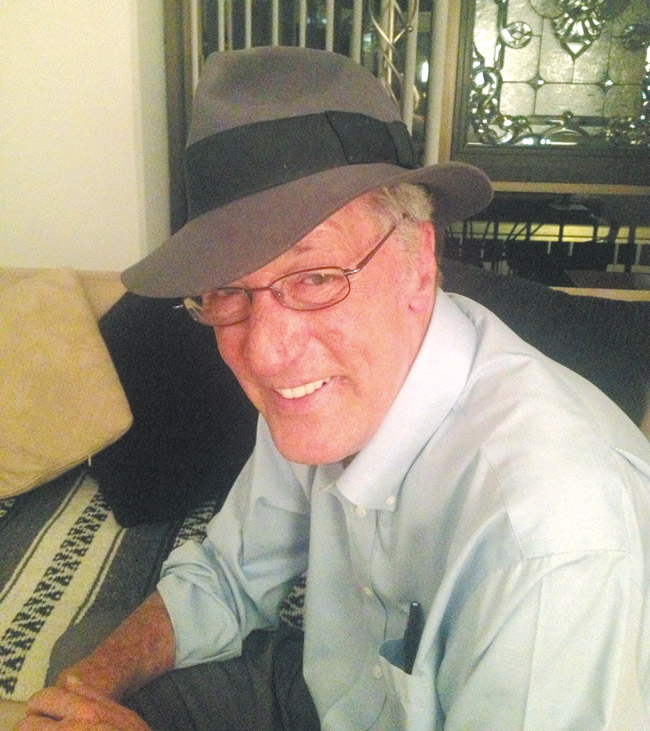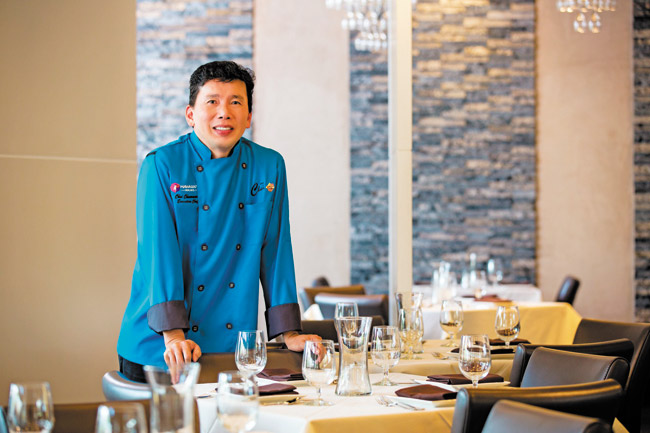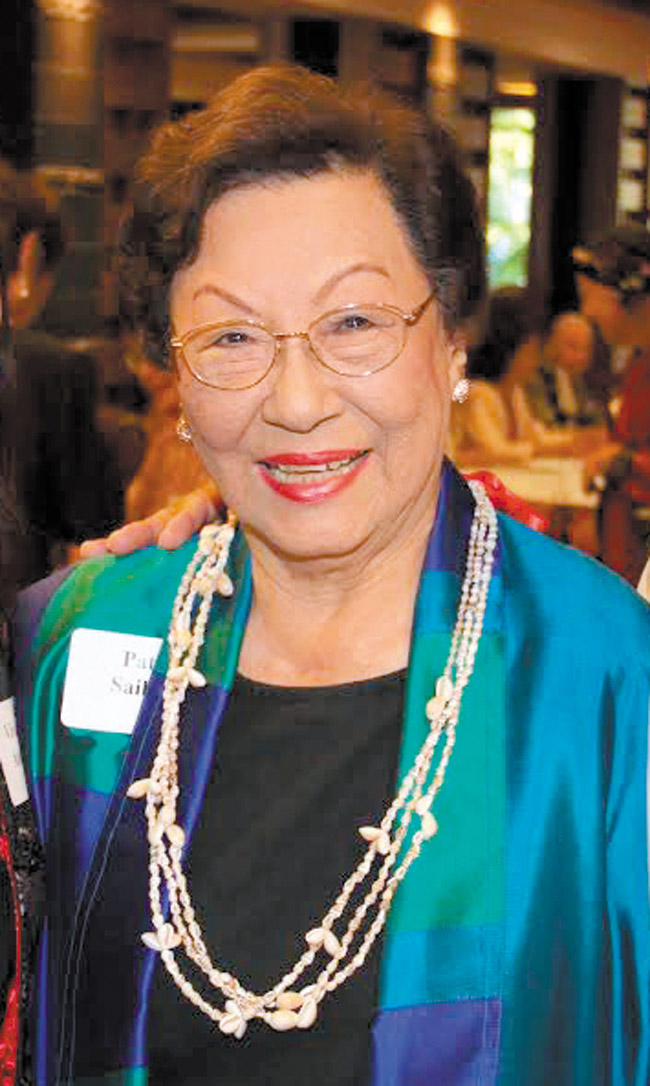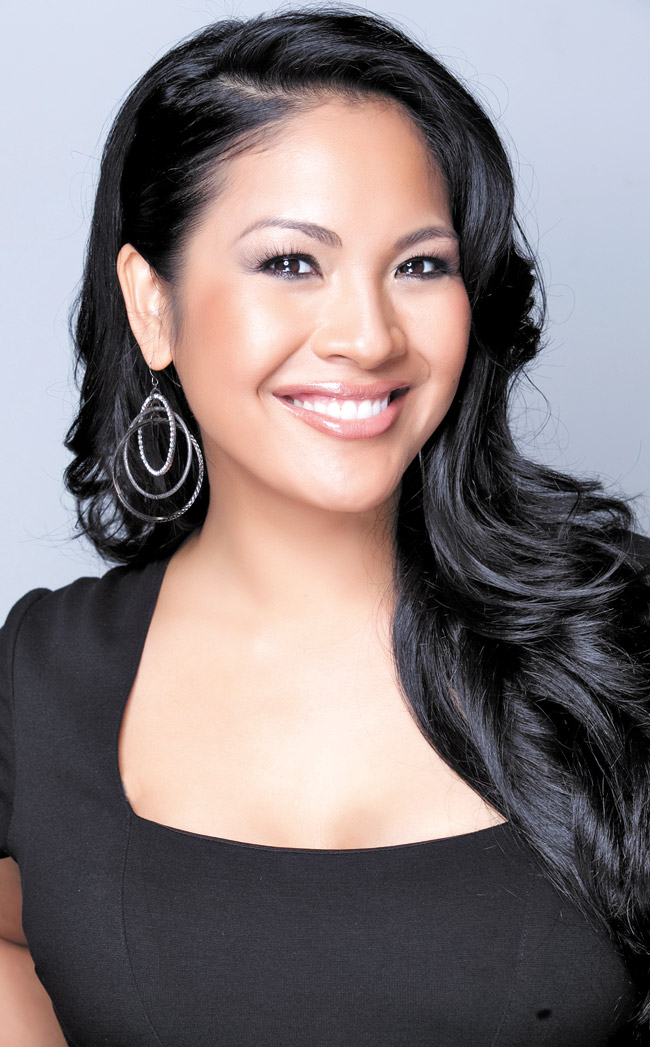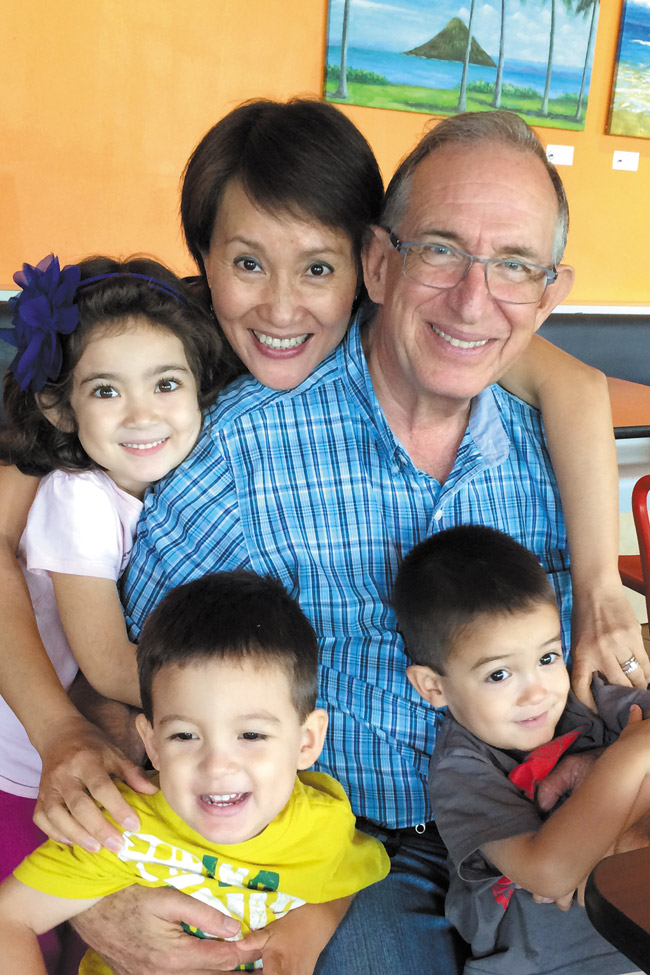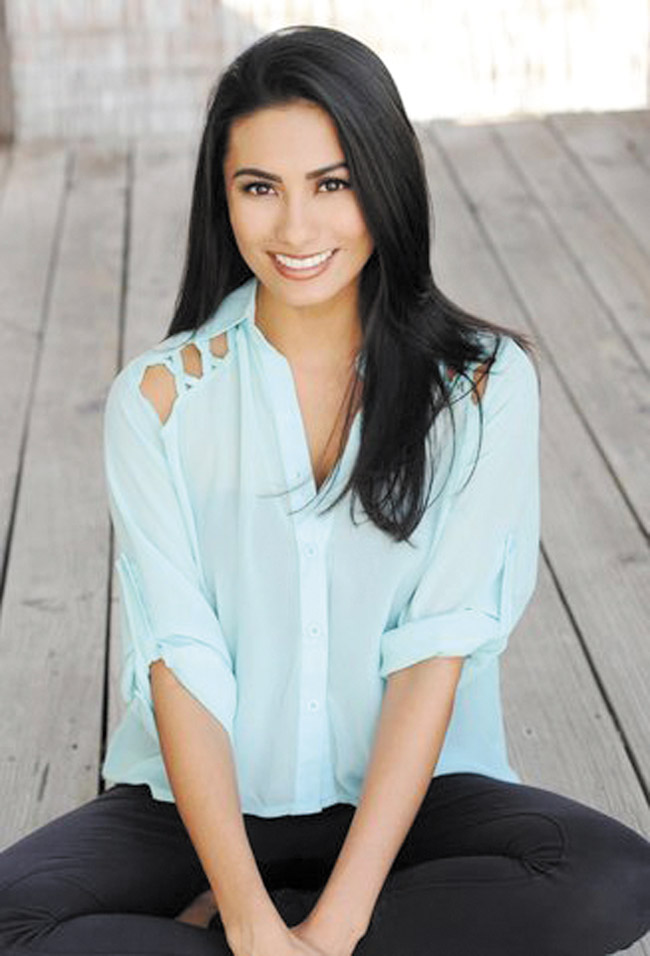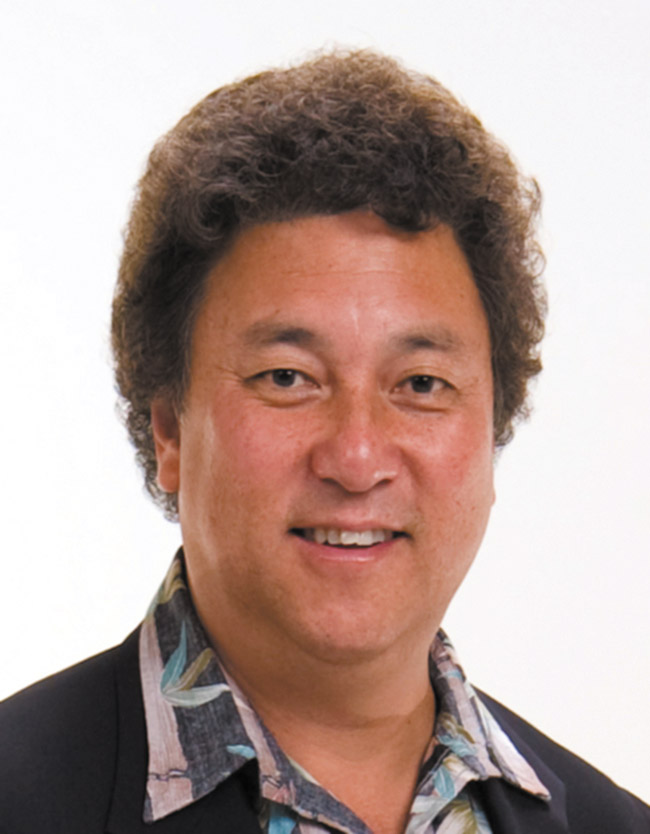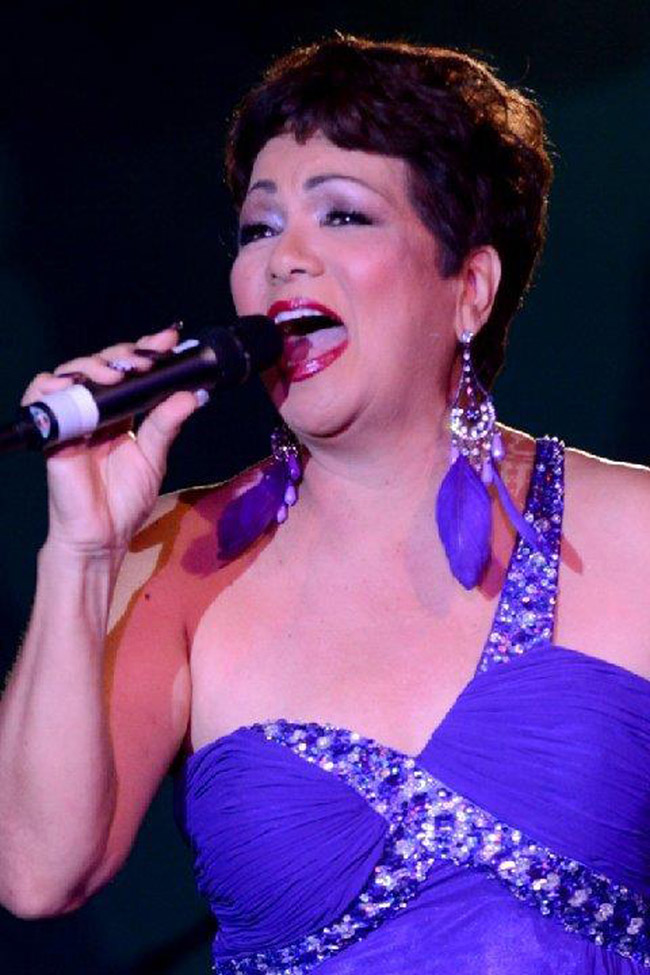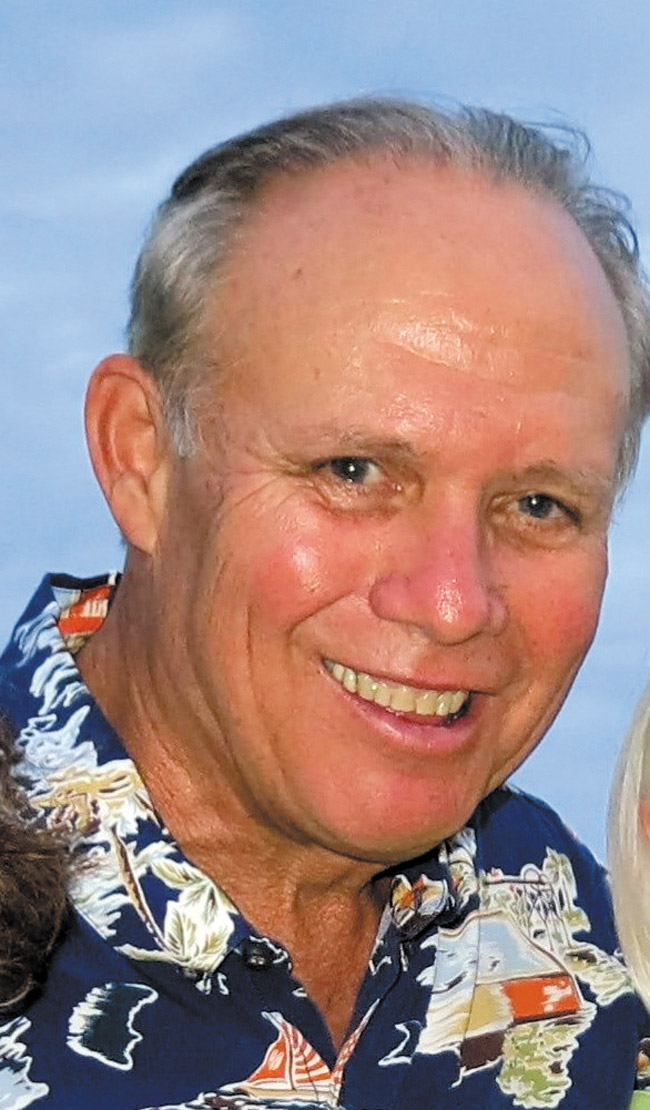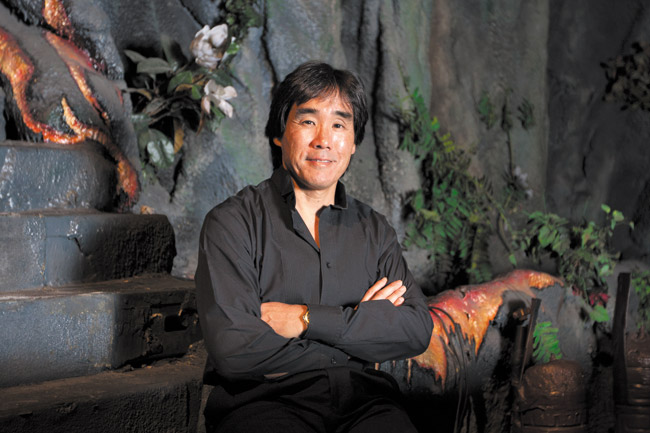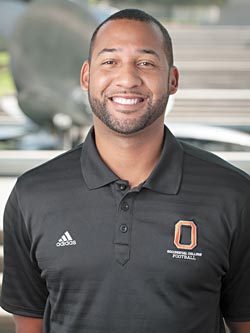Kirk Matthews stood in front of an active lava flow, watching it slowly make its way down a street in Kalapana. It was 1983, and he was on Hawaii island to cover Kilauea’s eruption.
Fast forward to almost a decade later, when Matthews arrived on Kauai to cover a fundraising concert put on in support of the island after Hurricane Iniki’s devastating damage. Backstage, he got to meet musical greats such as Crosby, Stills & Nash, Bonnie Raitt and Jimmy Buffett.
In another scene from his life, Matthews was invited to Kapiolani Medical Center for Women and Children to do a story on a young boy afflicted with leukemia. Just a week later, Matthews learned that the boy had died, and he received a letter from the parents thanking him for the story. It’s a particular experience that Matthews cites as one of his most memorable.
Stories like these are plentiful for the man who made broadcast journalism his career for more than 40 years.
In September, after 27 years at KHON, Matthews, who appeared on MidWeek‘s Nov. 10, 1993, cover, retired from the station and TV news.
“I had a nice, long run and it was time for a change,” he says.
He wasn’t always looking to become a journalist. It was, in fact, entirely happenstance.
He had started out hoping to be a teacher, like his father. But living in Oregon in the 1960s, he took what he could get and began working at a radio station in Coos Bay. There, Matthews did everything, including writing and reading the news. It later took him to Portland, where he worked in public radio and then public television.
“It was sort of a gradual process,” he says.
For his years of service in broadcast journalism, City Councilwoman Kymberly Marcos Pine and the Honolulu City Council recognized Matthews with an honorary certificate at a recent meeting.
“It was unexpected,” he says. “It was a special time for me to be in City Council chambers not reporting, just standing there with my lovely wife Linda Coble.”
As Matthews settles into retirement, he notes a couple of projects on the horizon. Though he is coy about it for now, he will say that none are related to television news.
And though his time away from the station has meant not being able to see his friends there, he doesn’t miss having to report bad news — fires, murders and child abductions — the list, he says, is endless.
“I always enjoyed good news stories, and I felt a whole lot of pride in that,” he says. Still, these days, life is much different. It’s a change Matthews can only describe as “odd.”
“For 44 years of my life, I got up every day — as we say in our house, get up, dress up and show up,” he says.
“Now, I’m wearing jeans and shopping at Longs,” he adds with a laugh.
